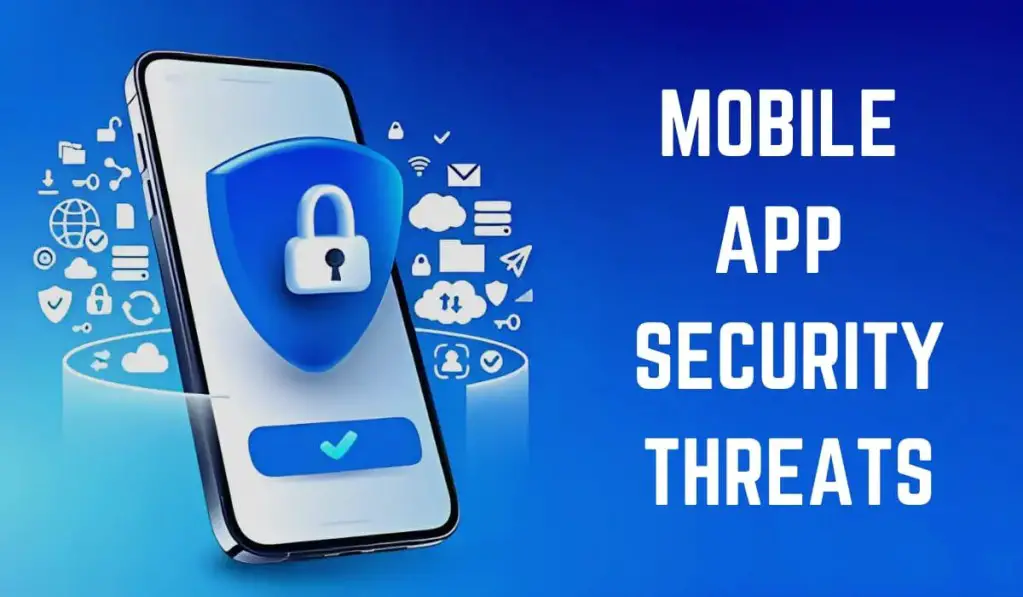In the ever-evolving landscape of cybersecurity, some hacks stand out as milestones in the dark world of digital intrusion. These notorious breaches not only shook the foundations of companies and governments but also redefined the way we perceive and approach cybersecurity. From stealing sensitive information to disrupting critical infrastructure, these hacks have left an indelible mark on the history of cybercrime. In this article, we will delve into the top 10 notorious hacks of all time, exploring their methods, motives, and the aftermath.
1. Morris Worm (November 2, 1988):
The Morris Worm holds the dubious distinction of being the first worm to spread extensively across the internet, marking a turning point in the world of cybersecurity. Created by Robert Tappan Morris, a graduate student at Cornell University, the worm was intended to measure the size of the internet. However, due to a coding error, it infected thousands of Unix-based computers, causing widespread system slowdowns and disruptions. The Morris Worm exploited vulnerabilities in common Unix utilities, and its rapid spread exposed the vulnerabilities of interconnected systems. Morris became the first person to be convicted under the Computer Fraud and Abuse Act, highlighting the legal consequences of cybercrime.
2. Code Red (July 13, 2001):
Code Red was a self-replicating worm that targeted Microsoft Internet Information Services (IIS) web servers. It exploited a known vulnerability, enabling it to deface websites and launch distributed denial-of-service (DDoS) attacks. The worm spread rapidly, infecting hundreds of thousands of servers worldwide. Code Red demonstrated the potential for automated, large-scale attacks on the internet infrastructure. Its impact prompted increased awareness of the importance of regularly patching and securing systems against known vulnerabilities.
3. Stuxnet (Discovered in 2010):
Stuxnet is a sophisticated worm that was designed to target Iran’s nuclear facilities, specifically its uranium enrichment centrifuges. The worm, believed to be a joint effort by the United States and Israel, utilized multiple zero-day vulnerabilities to infiltrate and manipulate industrial control systems. Stuxnet demonstrated the potential for cyber weapons to physically damage critical infrastructure. Its discovery marked a new era in state-sponsored cyber-espionage and cyber warfare, showcasing the ability to sabotage physical systems through digital means.
4. Target Data Breach (November 27, 2013):
The Target data breach was a watershed moment in the retail industry, illustrating the vulnerability of even the most prominent corporations to cyberattacks. Hackers gained access to Target’s network through a third-party HVAC vendor, compromising the credit and debit card information of over 40 million customers. This breach underscored the importance of securing supply chain partners and highlighted the severe financial and reputational consequences of failing to protect customer data. Target faced numerous lawsuits and incurred substantial costs in the aftermath of the attack.
5. Sony Pictures Hack (November 24, 2014):
Attributed to North Korean hackers, the Sony Pictures hack was a retaliatory response to the film “The Interview,” which depicted the fictional assassination of North Korea’s leader. The attackers, operating under the moniker Guardians of Peace, leaked sensitive internal documents, unreleased films, and confidential emails. The Sony Pictures hack raised concerns about the vulnerability of entertainment companies to cyber threats and highlighted the intersection of cybersecurity, geopolitics, and freedom of expression. The incident led to increased awareness of the need for robust cybersecurity measures in the entertainment industry.
6. WannaCry Ransomware Attack (May 12, 2017):
WannaCry, a global ransomware attack, exploited a Windows vulnerability to infect hundreds of thousands of computers in over 150 countries. The ransomware encrypted files on infected systems and demanded payment in Bitcoin for their release. WannaCry underscored the importance of promptly applying security patches and the global interconnectedness of cyber threats. The attack affected critical infrastructure, including healthcare systems, emphasizing the potential for cyber incidents to have real-world consequences.
7. Equifax Data Breach (July 29, 2017):
The Equifax data breach ranks among the most significant incidents of personal data compromise. Hackers exploited a vulnerability in the Apache Struts web application framework to gain unauthorized access to Equifax’s systems, compromising the personal information of 147 million individuals. The breach highlighted the consequences of inadequate cybersecurity practices, including the failure to patch known vulnerabilities promptly. Equifax faced intense scrutiny and legal repercussions, leading to increased regulatory scrutiny of data protection practices.
8. SolarWinds Supply Chain Attack (Discovered in December 2020):
The SolarWinds supply chain attack was a highly sophisticated operation attributed to Russian hackers. By compromising the software supply chain, the attackers inserted a backdoor into the SolarWinds Orion platform, a widely used network management tool. This backdoor allowed them to infiltrate numerous government agencies and private organizations. The incident exposed the vulnerabilities inherent in software supply chains, emphasizing the need for enhanced scrutiny and security measures. The far-reaching impact of the SolarWinds attack on national security and corporate confidentiality reinforced the importance of robust cybersecurity practices.
9. Colonial Pipeline Ransomware Attack (May 7, 2021):
The Colonial Pipeline ransomware attack highlighted the vulnerability of critical infrastructure to cyber threats. DarkSide, a ransomware-as-a-service group, targeted Colonial Pipeline, a major fuel pipeline operator in the United States. The attack disrupted fuel supplies along the East Coast, leading to panic buying and fuel shortages. The incident underscored the potential real-world consequences of ransomware attacks on critical infrastructure, prompting increased attention to cybersecurity in the energy sector. The U.S. government’s response included efforts to enhance cybersecurity regulations for pipeline operators.
10. Kaseya Supply Chain Ransomware Attack (July 2, 2021):
The Kaseya supply chain ransomware attack targeted managed service providers (MSPs) using the Kaseya VSA software, impacting thousands of their customers. The REvil ransomware group exploited a vulnerability in the software to deploy ransomware on the systems of numerous businesses and organizations. This attack highlighted the risks associated with supply chain vulnerabilities and the potential for cascading effects on a wide range of businesses. The incident also raised questions about the role of ransomware groups in geopolitical dynamics, as REvil was believed to have connections with Russian intelligence.
The top 10 notorious hacks of all time serve as cautionary tales, reminding us of the ever-present threats in the digital realm. From early worms and viruses to sophisticated state-sponsored attacks and ransomware incidents, these breaches have shaped the cybersecurity landscape. The lessons learned from these events should guide organizations and individuals in fortifying their defenses, staying vigilant against emerging threats, and contributing to a more resilient and secure digital ecosystem. As technology continues to advance, the battle between cybercriminals and defenders rages on, and the importance of cybersecurity has never been more critical.
Conclusion
The top 10 notorious hacks of all time have left an indelible mark on the landscape of cybersecurity, showcasing the evolving and sophisticated nature of cyber threats. From Kevin Mitnick’s exploits in the 1980s to the more recent large-scale breaches, each incident has highlighted vulnerabilities in digital systems. The 2005 breach of TJX Companies and the 2013 Target hack underscore the risks faced by major corporations, leading to increased awareness and investment in cybersecurity measures. The 2017 Equifax breach exposed the sensitive information of millions, emphasizing the importance of securing personal data. The emergence of state-sponsored cyberattacks, exemplified by Stuxnet in 2010, has blurred the lines between traditional warfare and digital espionage. The notorious 2014 Sony Pictures hack showcased the potential impact on both corporate entities and freedom of expression. The 2016 DNC hack exposed the intersection of cybersecurity and geopolitics, influencing global perceptions of election integrity. Ransomware attacks, such as WannaCry in 2017 and NotPetya in the same year, demonstrated the disruptive power of malicious software on a global scale. The 2018 Marriott breach highlighted the persistent challenges in safeguarding customer data. As we navigate the digital era, these notorious hacks serve as cautionary tales, urging continuous innovation in cybersecurity to protect individuals, organizations, and nations from the ever-evolving threats lurking in the digital realm.







Leave a Reply